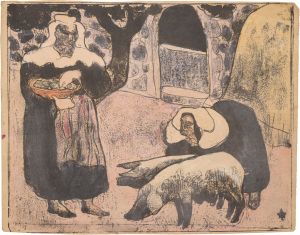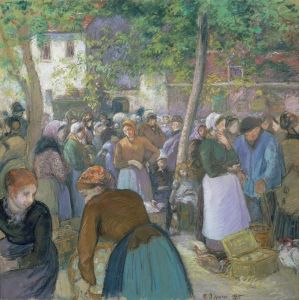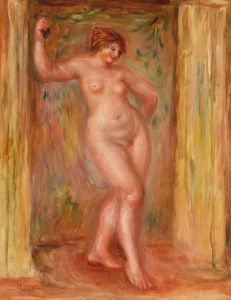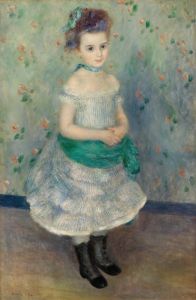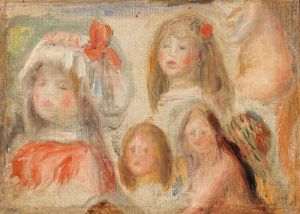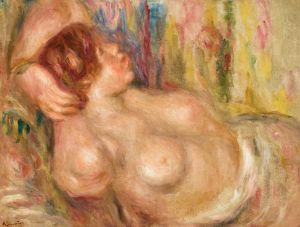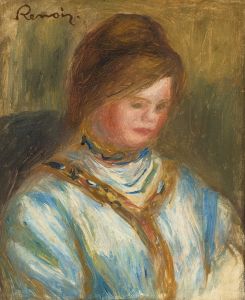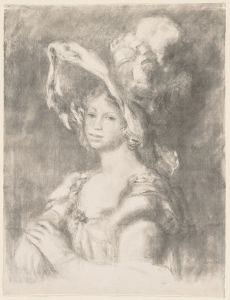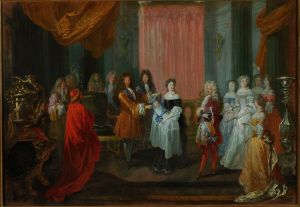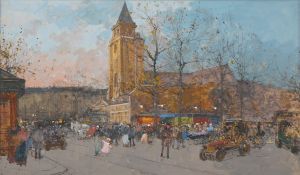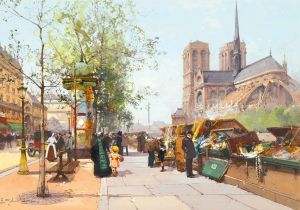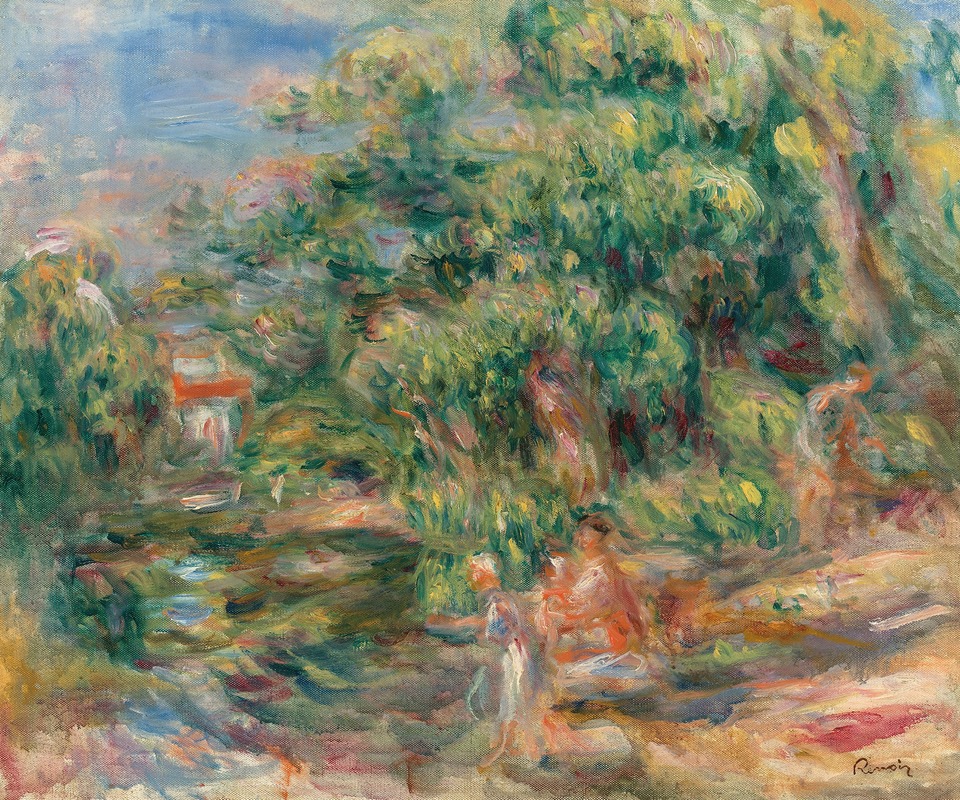
Lavandières au bord du Loup
A hand-painted replica of Pierre-Auguste Renoir’s masterpiece Lavandières au bord du Loup, meticulously crafted by professional artists to capture the true essence of the original. Each piece is created with museum-quality canvas and rare mineral pigments, carefully painted by experienced artists with delicate brushstrokes and rich, layered colors to perfectly recreate the texture of the original artwork. Unlike machine-printed reproductions, this hand-painted version brings the painting to life, infused with the artist’s emotions and skill in every stroke. Whether for personal collection or home decoration, it instantly elevates the artistic atmosphere of any space.
Pierre-Auguste Renoir, a prominent French artist and a leading figure in the development of the Impressionist movement, is celebrated for his vibrant light and saturated color, often focusing on people in intimate and candid compositions. One of his lesser-known works, "Lavandières au bord du Loup" (translated as "Washerwomen by the Loup River"), exemplifies his skill in capturing everyday scenes with a sense of warmth and vitality.
Renoir was born in 1841 in Limoges, France, and began his artistic career as an apprentice to a porcelain painter before studying at the École des Beaux-Arts in Paris. His early works were influenced by the realism of Gustave Courbet and Édouard Manet, but he soon became associated with the Impressionists, a group of artists who sought to capture the effects of light and atmosphere in their paintings.
"Lavandières au bord du Loup" is believed to have been painted during a period when Renoir was exploring rural themes and the lives of ordinary people. This painting depicts washerwomen, a common subject in 19th-century art, engaged in their daily labor by the banks of the Loup River. The scene is set in a tranquil, natural environment, emphasizing the harmony between the figures and their surroundings.
Renoir's technique in this painting reflects his Impressionist style, characterized by loose brushwork and a focus on the effects of light. The dappled sunlight filtering through the trees creates a play of light and shadow on the water and the figures, enhancing the sense of immediacy and capturing a fleeting moment in time. The color palette is soft and harmonious, with gentle blues, greens, and earth tones that evoke a serene and pastoral atmosphere.
The composition of "Lavandières au bord du Loup" is carefully balanced, with the figures of the washerwomen placed in the foreground, drawing the viewer's eye into the scene. Renoir's attention to detail in the depiction of the women's clothing and the surrounding foliage adds a sense of realism, while the overall impression remains one of spontaneity and natural beauty.
This painting is a testament to Renoir's ability to infuse everyday scenes with a sense of grace and charm. His portrayal of the washerwomen is sympathetic and respectful, highlighting their role in rural society and their connection to the natural world. The painting also reflects Renoir's broader interest in the human figure and his desire to capture the beauty of ordinary life.
Throughout his career, Renoir continued to explore themes of leisure and labor, often depicting people in harmonious interaction with their environment. His work has had a lasting impact on the art world, influencing subsequent generations of artists and contributing to the development of modern art.
"Lavandières au bord du Loup" remains an important example of Renoir's early work and his commitment to the ideals of Impressionism. While it may not be as widely recognized as some of his other masterpieces, it offers valuable insight into his artistic process and his ability to find beauty in the everyday.





